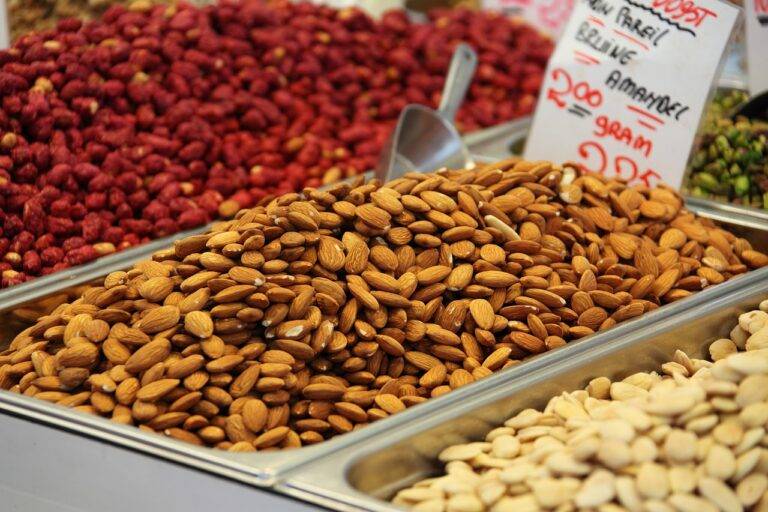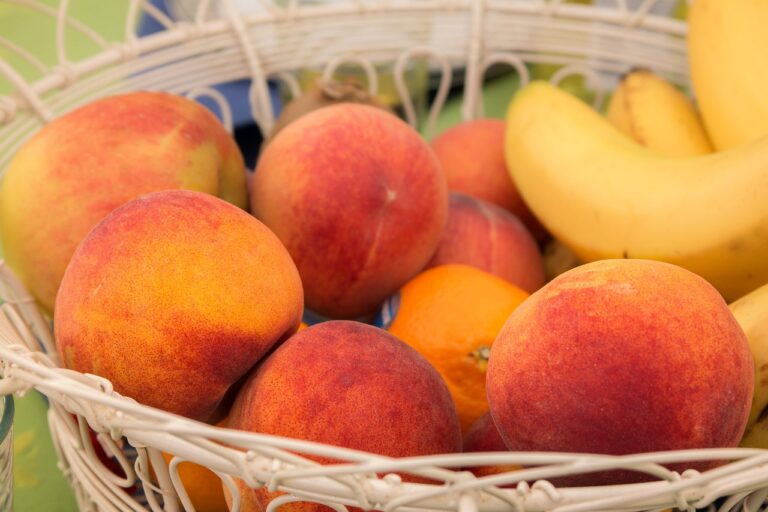Analyzing Global Food Trade Dynamics
Global food trade plays a vital role in meeting the dietary needs of populations around the world. It involves the exchange of food products across international borders, allowing countries to access a diverse range of food items that may not be locally available. This exchange ensures food security, promotes economic growth, and fosters interdependence among nations.
In recent years, the global food trade has seen a significant increase in both volume and value. Technological advancements, improved transportation infrastructure, and trade agreements have facilitated the expansion of food trade on a global scale. As a result, consumers have access to a wider selection of fresh produce, processed foods, and agricultural commodities, contributing to greater food diversity and availability worldwide.
Historical Context of Food Trade
Throughout history, food trade has played a crucial role in the development of societies around the world. Dating back to ancient times, civilizations have engaged in the exchange of food products to meet their dietary needs and enhance their culinary practices. As early as the Mesopotamian era, trade routes were established to facilitate the movement of goods, including staple food items like grains and spices.
The expansion of empires and the age of exploration further shaped the historical context of food trade. The Silk Road, for example, served as a critical trade route connecting the East and West, allowing for the exchange of not only silk but also foodstuffs such as tea, spices, and fruits. Similarly, the European explorers’ voyages to the Americas brought about the Columbian Exchange, which had a profound impact on global agriculture and cuisine.
Food trade has been a crucial aspect of societal development throughout history
Ancient civilizations established trade routes for the exchange of food products
The Silk Road facilitated the exchange of foodstuffs between the East and West
European explorers’ voyages to the Americas led to the Columbian Exchange, impacting global agriculture and cuisine
Factors Influencing Global Food Trade
Global food trade is a complex system influenced by a multitude of factors. One key determinant is government policies and regulations, which can directly impact the flow of goods across international borders. Trade agreements, tariffs, and subsidies all play a significant role in shaping the global food trade landscape. Additionally, geopolitical factors such as conflicts, sanctions, and diplomatic relations can create barriers or opportunities for countries involved in food trade.
Moreover, consumer preferences and dietary trends also have a substantial influence on global food trade. As people’s tastes and demands evolve, so do the patterns of food production and distribution. The rise of consumer awareness around sustainability, organic practices, and fair trade has led to a shift in the types of products that are in demand on the global market. This dynamic interaction between consumer choices and food trade practices continues to shape the way food is produced, marketed, and consumed worldwide.
What is global food trade?
Global food trade refers to the import and export of food products between countries around the world.
How has the historical context influenced global food trade?
The historical context of food trade has played a significant role in shaping the patterns and trends of global food trade today. Factors such as colonization, industrialization, and globalization have all impacted the way food is traded on a global scale.
What are some of the main factors influencing global food trade?
Some of the main factors influencing global food trade include economic conditions, government policies, technological advancements, climate change, consumer preferences, and international trade agreements.
How do economic conditions affect global food trade?
Economic conditions, such as exchange rates, economic growth, inflation, and income levels, can impact global food trade by affecting the cost of production, demand for certain products, and overall market conditions.
What role do government policies play in global food trade?
Government policies, such as tariffs, subsidies, and regulations, can have a significant impact on global food trade by influencing market access, trade flows, and the competitiveness of domestic food producers.
How does climate change impact global food trade?
Climate change can impact global food trade by affecting crop yields, production costs, and food security. Extreme weather events, such as droughts or floods, can disrupt food supply chains and lead to food shortages or price volatility in the global market.







